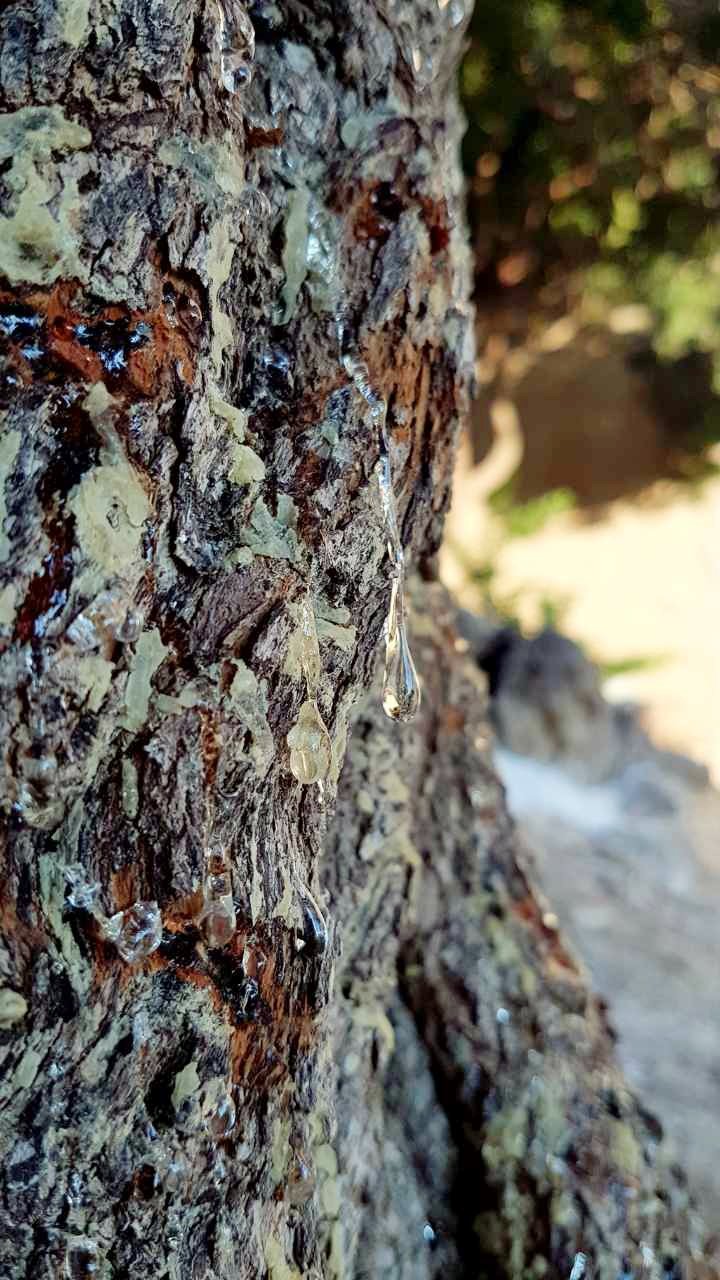
Chios island is a rich island as it has many cultivations that vary from horticultural productions, to wine making, tsipouro making (an alcoholic drink like ouzo) and many others; the most important cultivation is mastic.
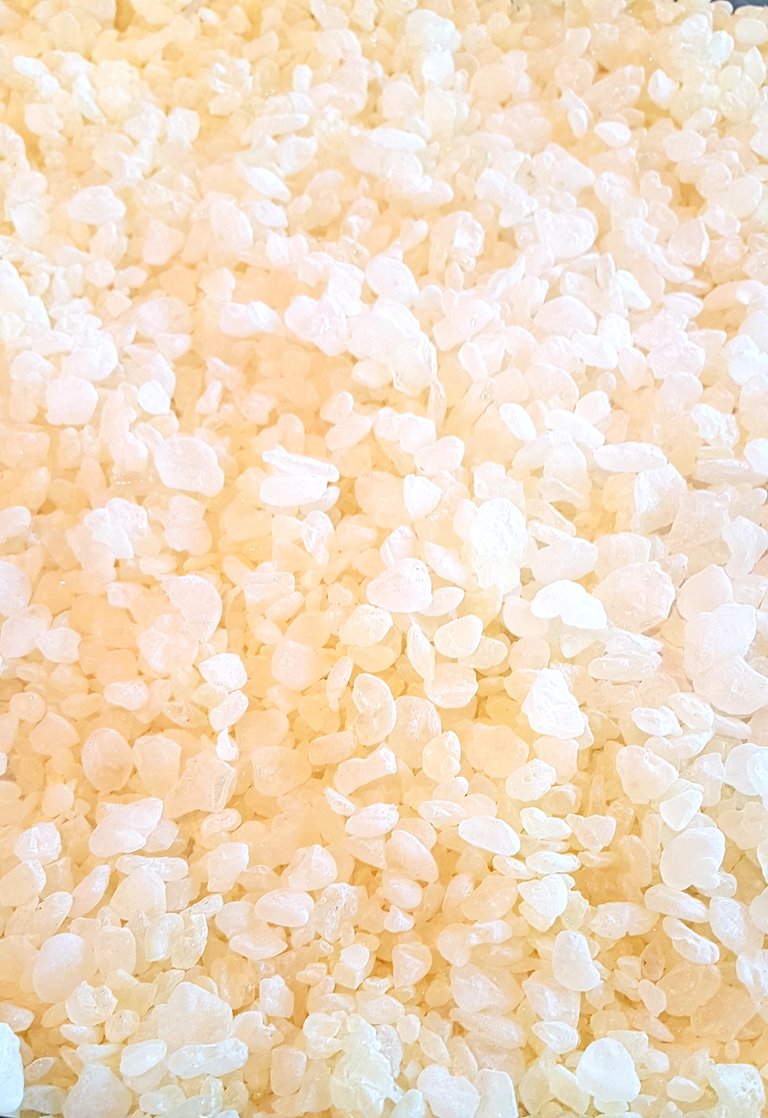
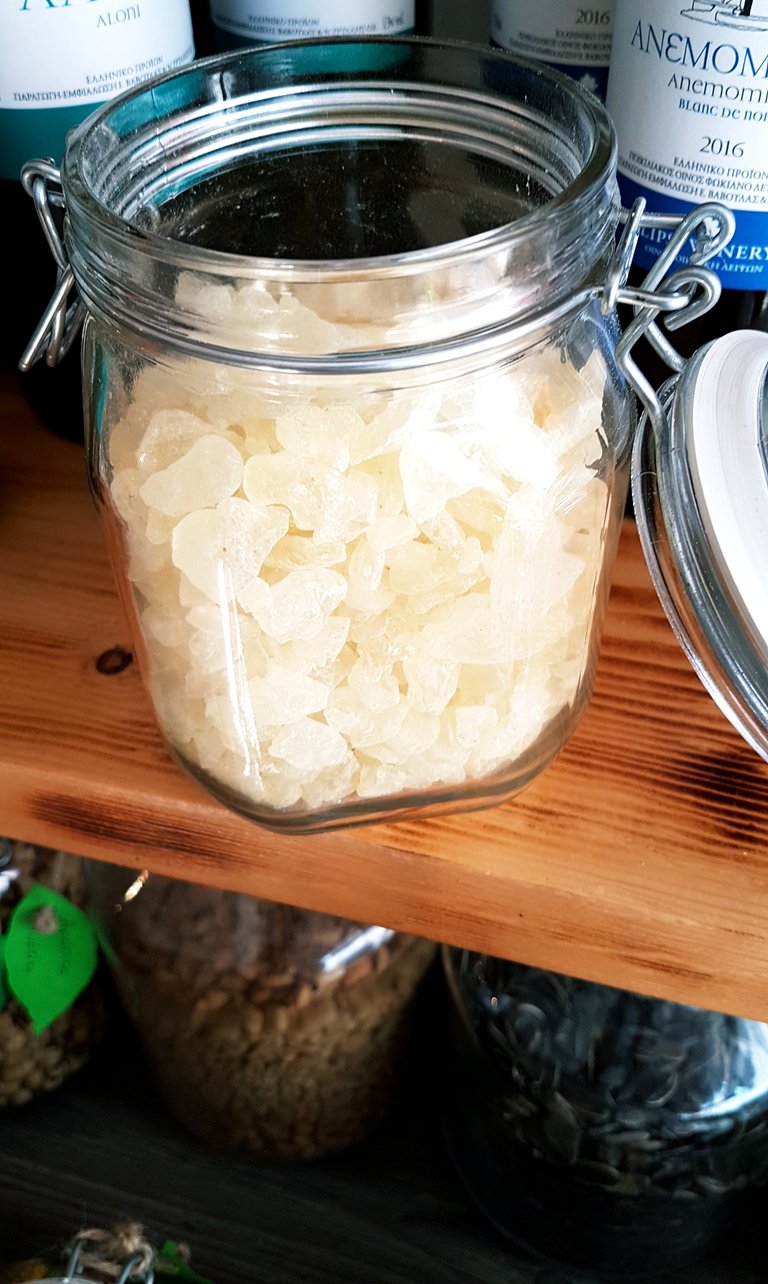
Mastic or Masticha is the product of the tree named schinus and is a natural resin like pine tar. The most important usage is in pharmaceutical industry, because it is a medicine for many problems, like the stomach. It is also widely used in cooking, in beverages, in various products like soap, as well as a chewing gum. 80% of the yearly production is exported.
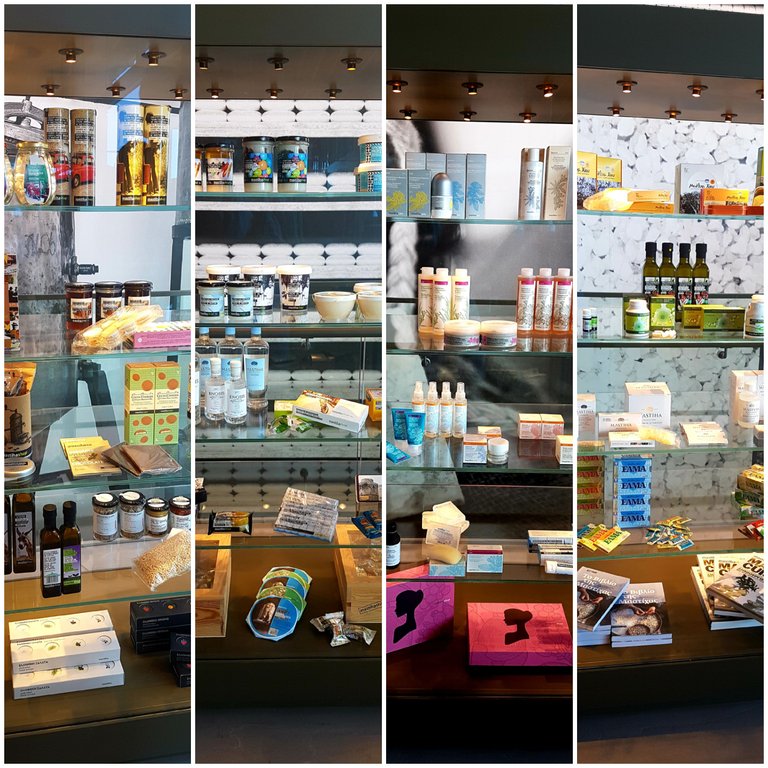
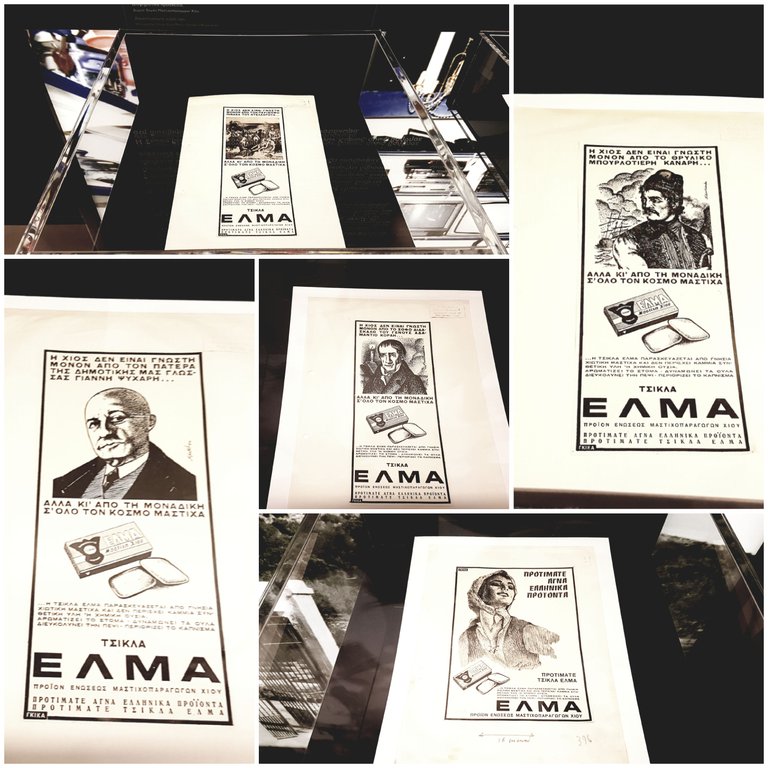
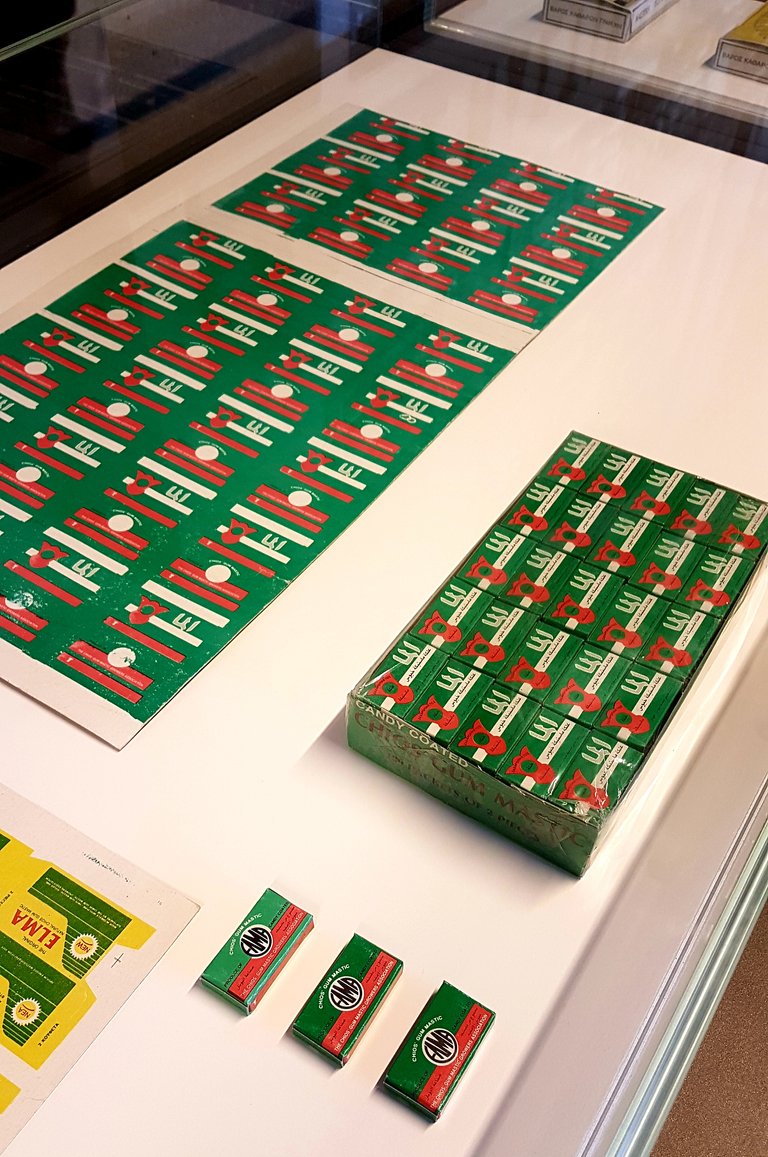
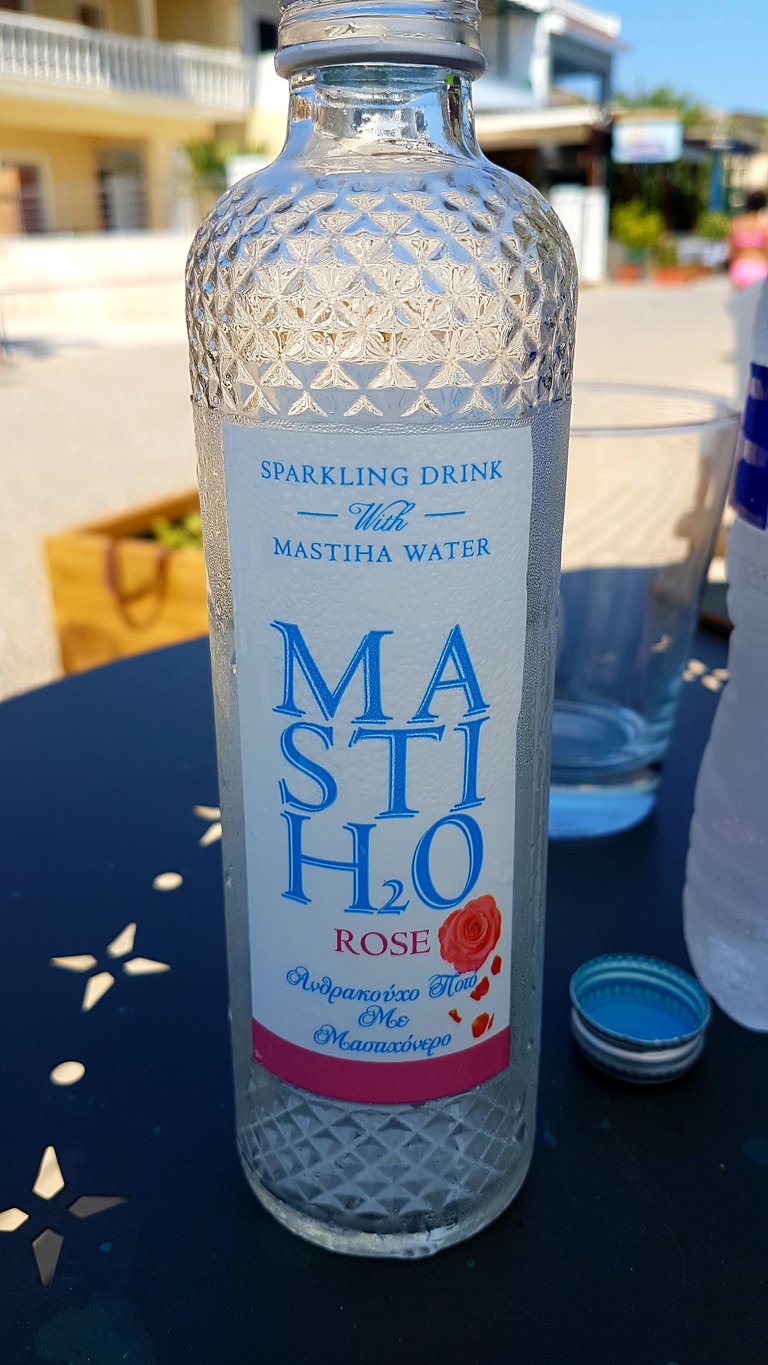
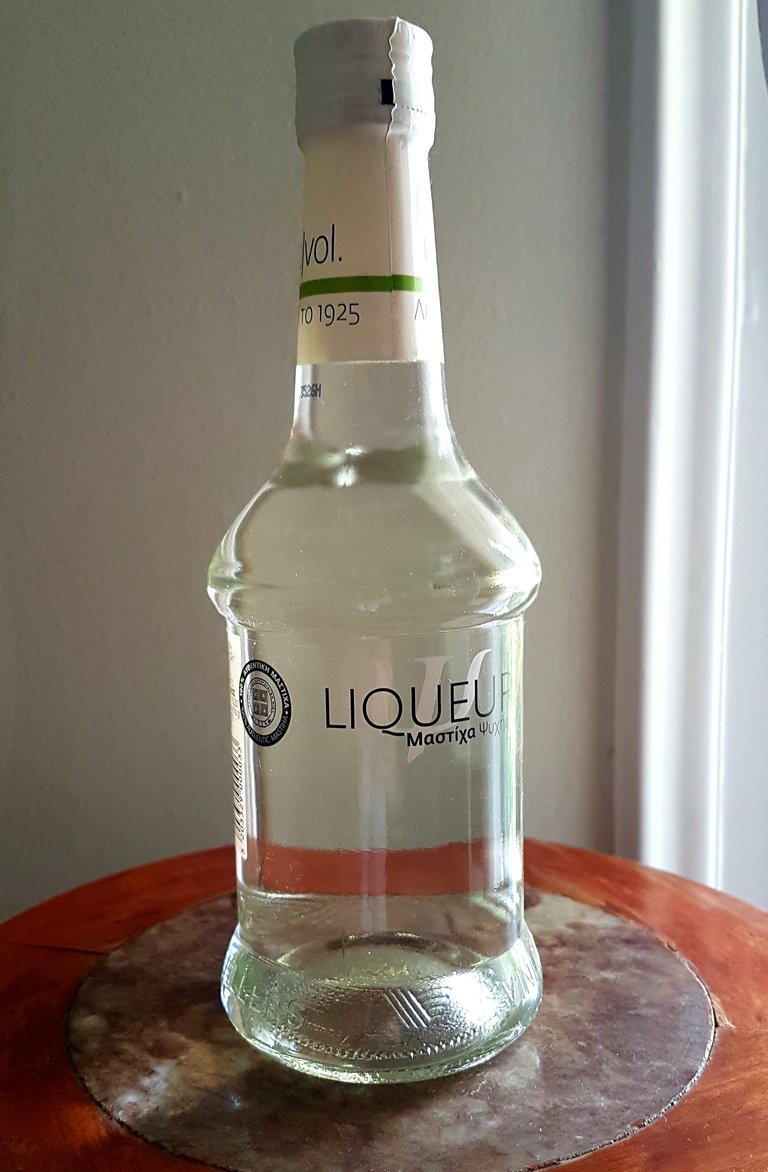
The mastic production is only taking place in the South of the island and by the 24-left mastic-villages. In the north of Chios the land was not fertile, thus the people turned to sea professions.
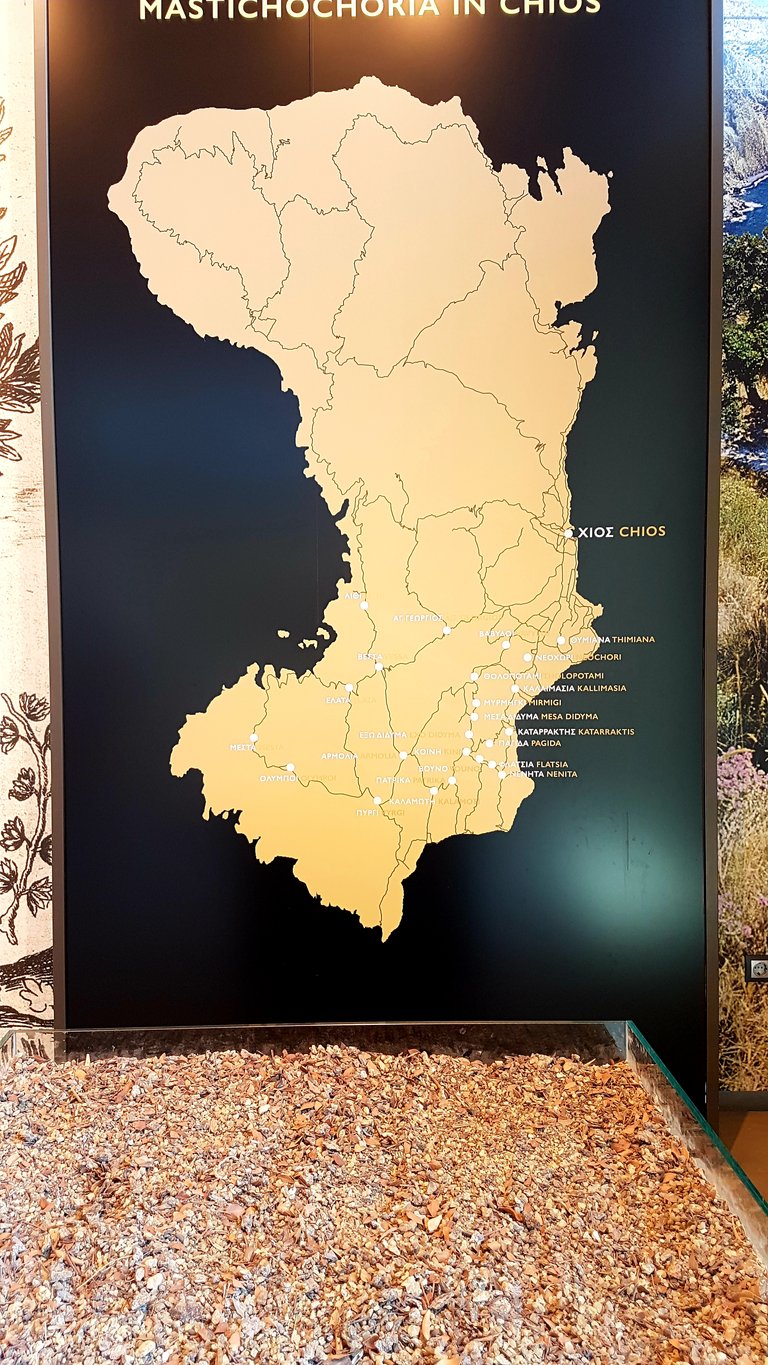
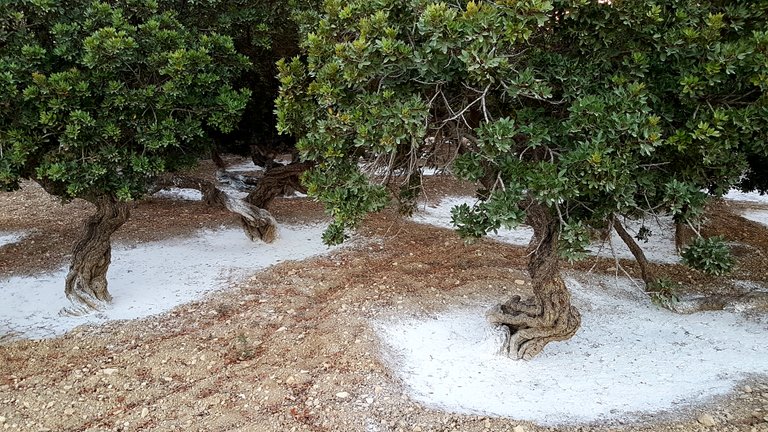
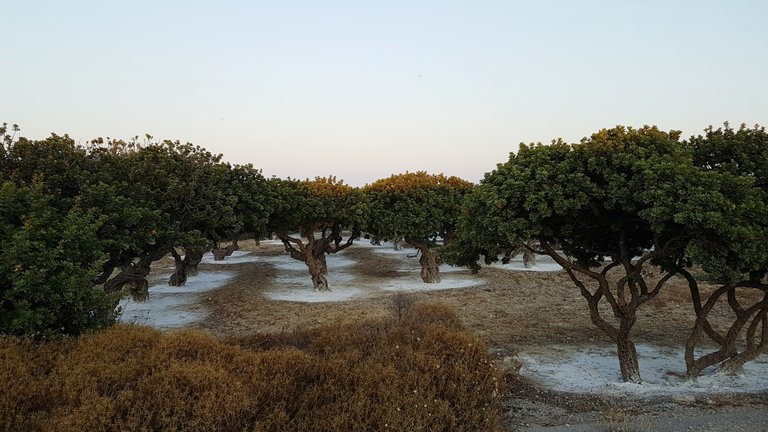
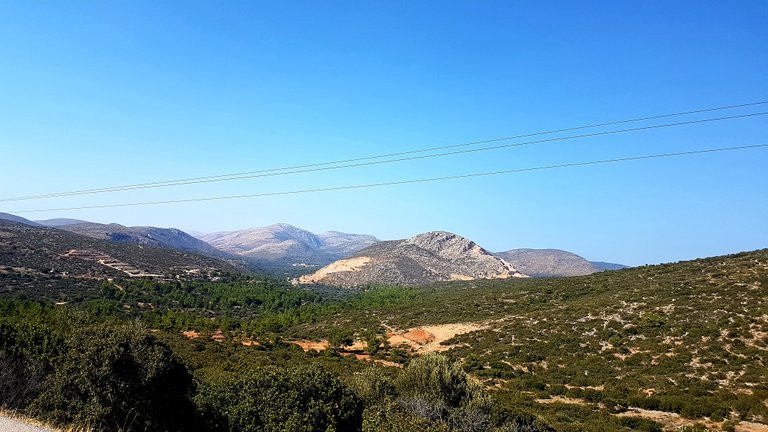
The basic months of the production is during summer and in the early hours of the morning. The farmers wake up at 5 o’clock and until 11.00 they finish their work, as while the sun is shining the mastic is liquid. The work they do is etching the stem of the tree with vertical engravings so that the tree produces the mastic to naturally protect itself. This is called needlework (in Greek kendima). Then the tree’s tears drip onto the stem and the ground creating small drops /pies of mastic. These are harvested until September; then until December these are cleaned well by the women in the villages. During winter it is time for rest. The farmers begin preparing the trees again in spring.
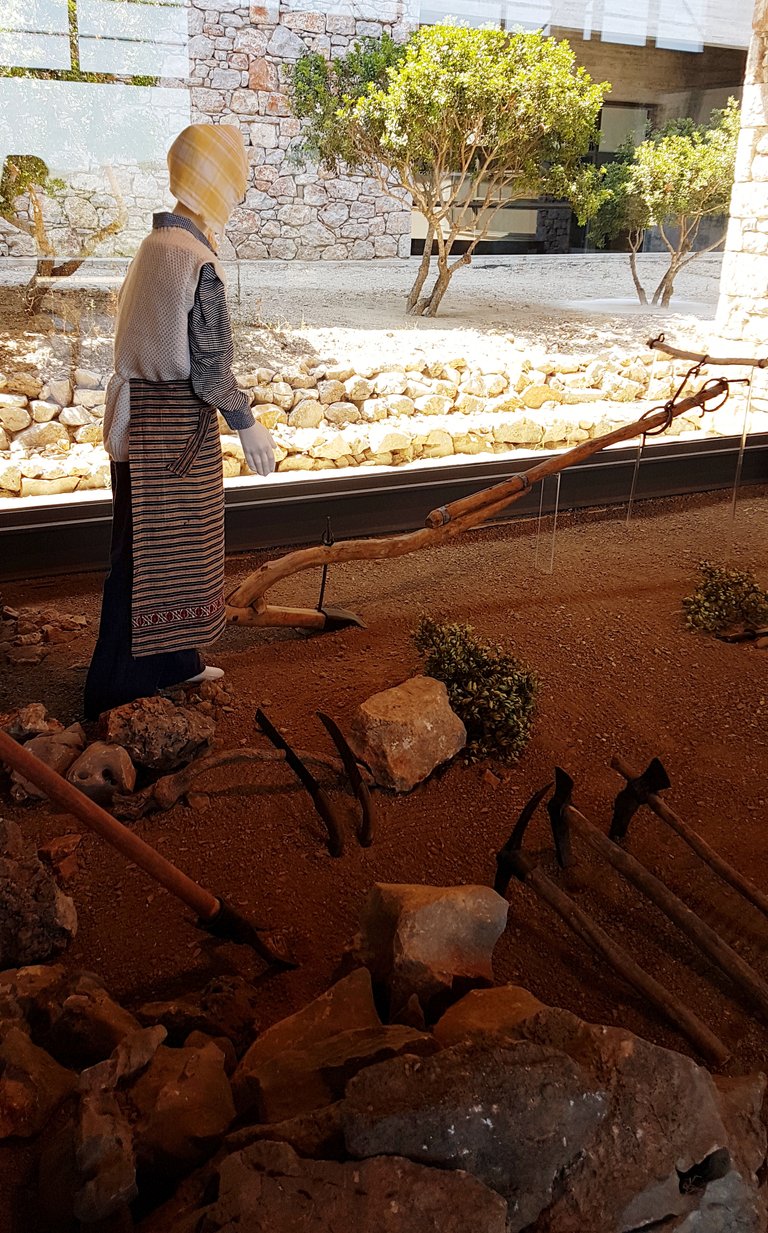
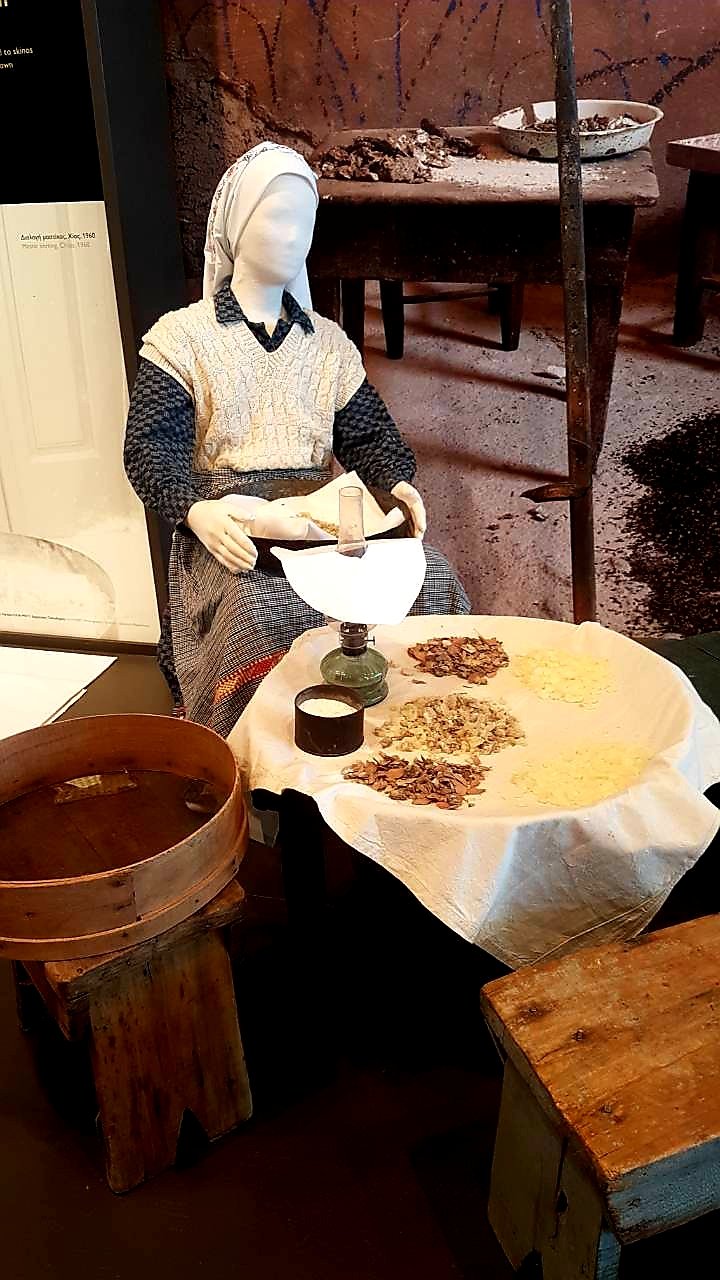
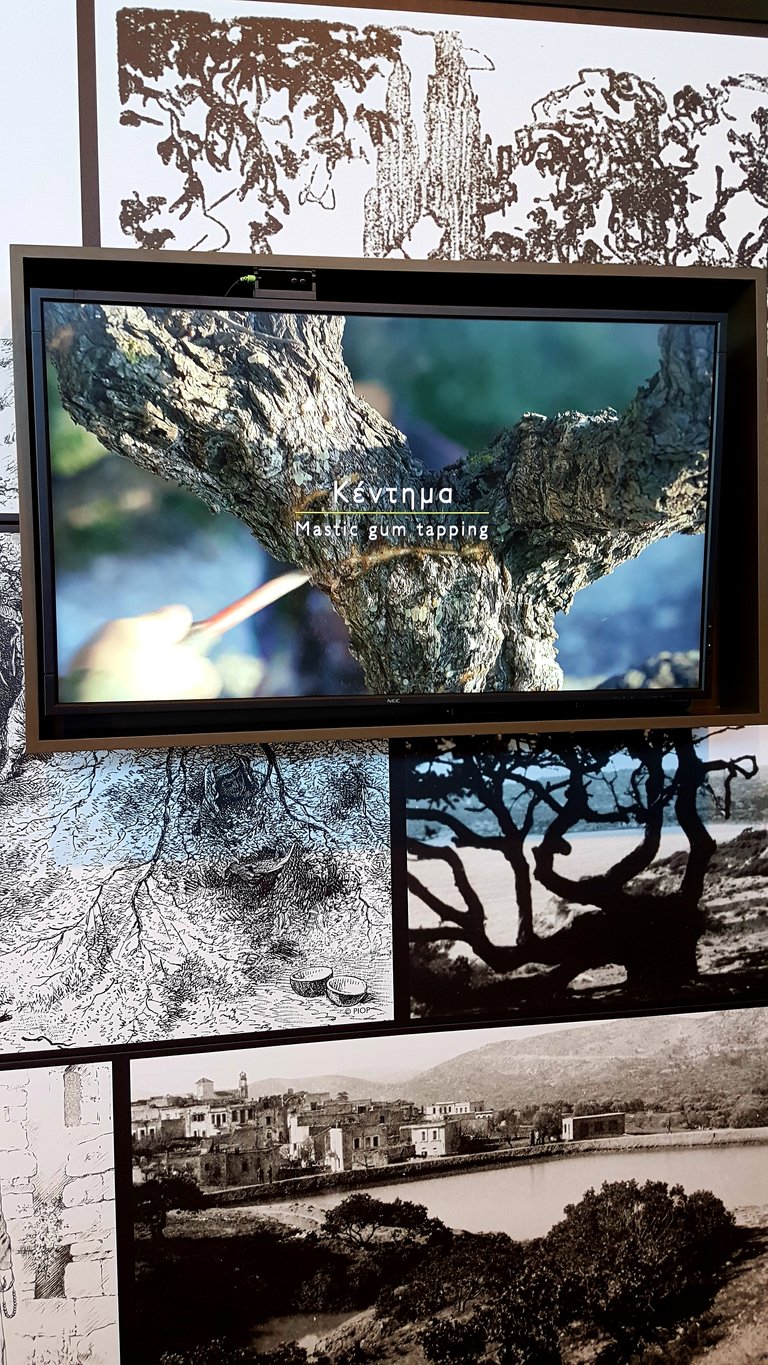
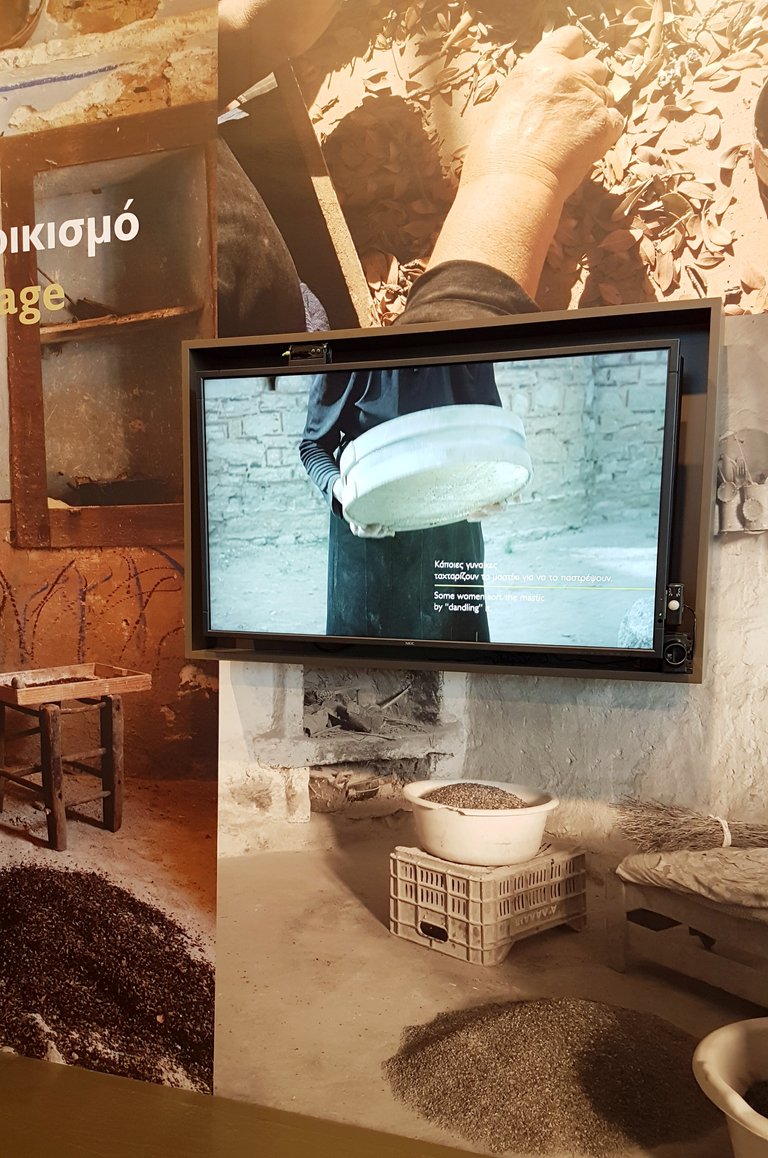
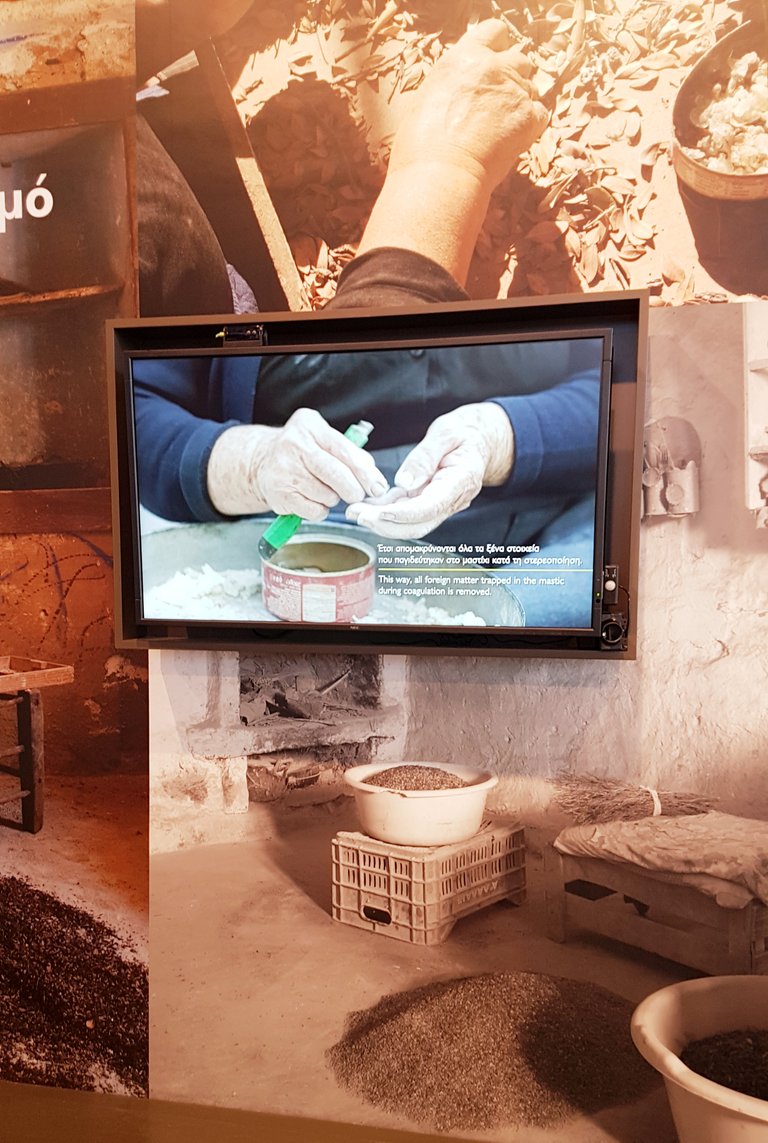
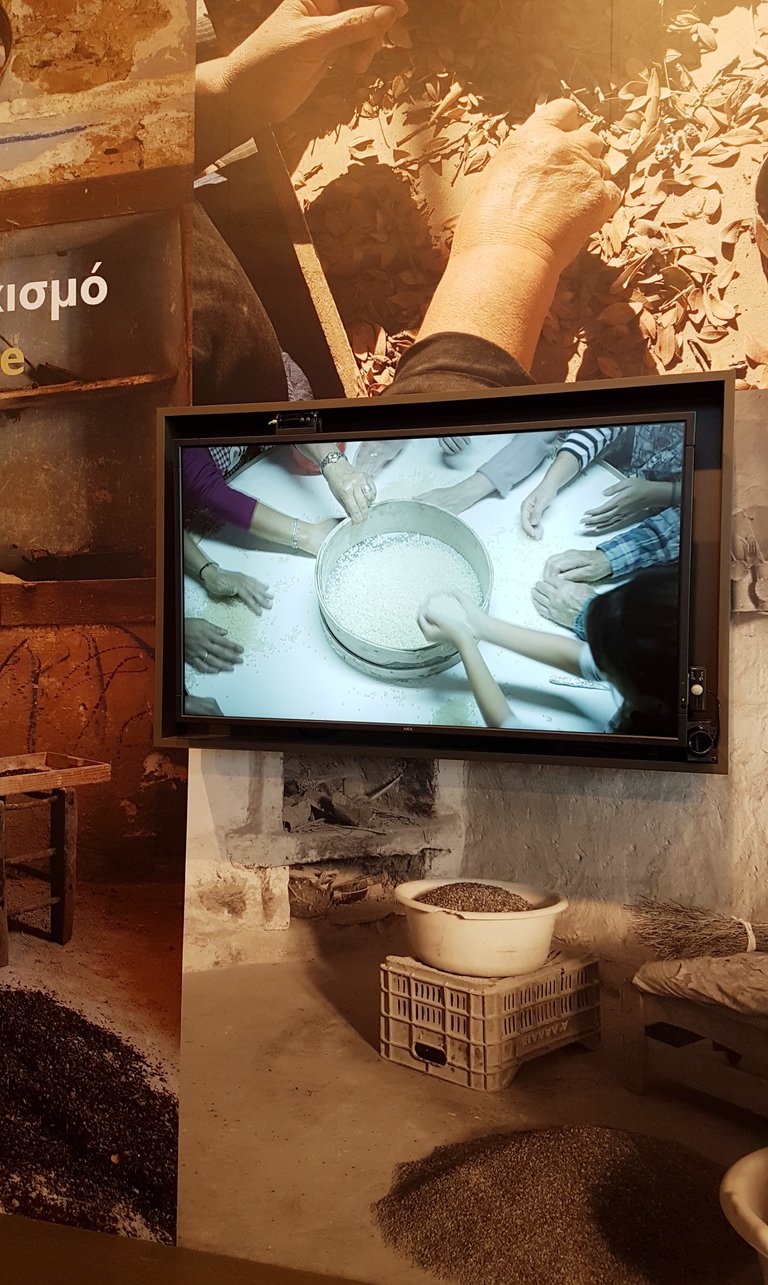
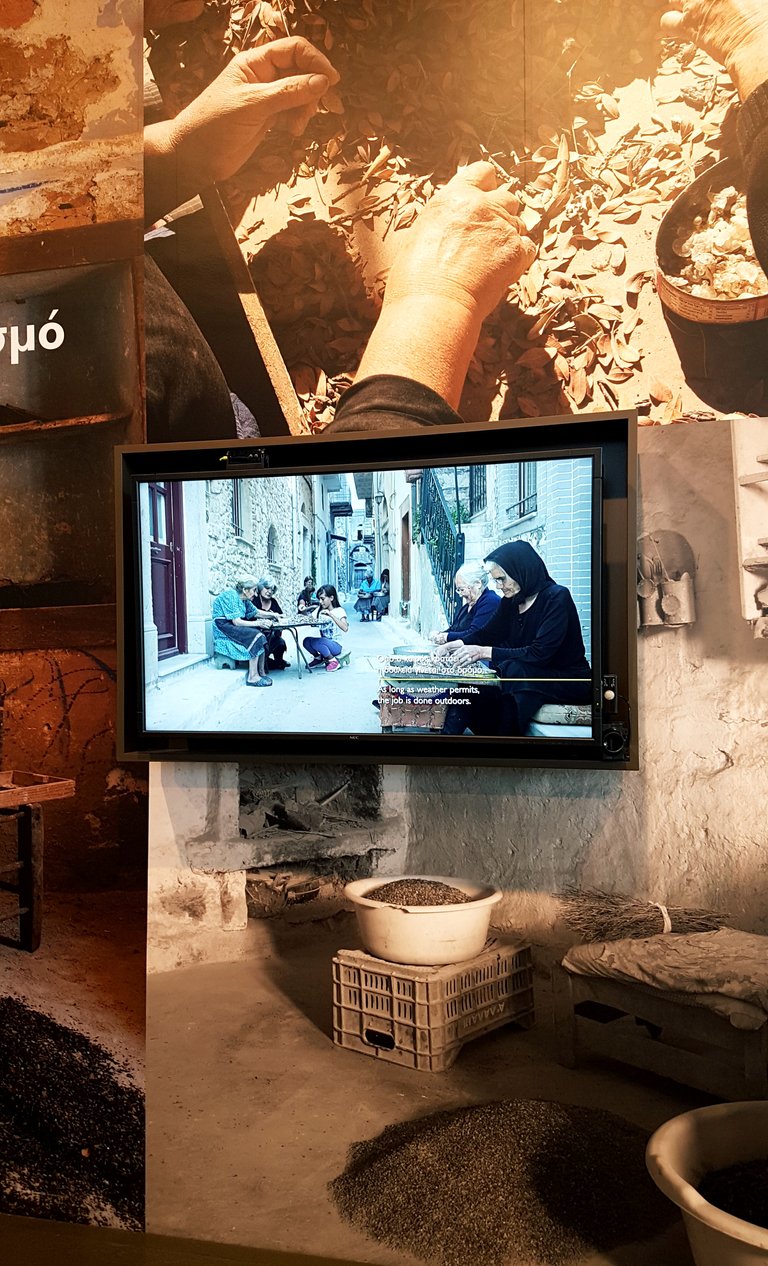
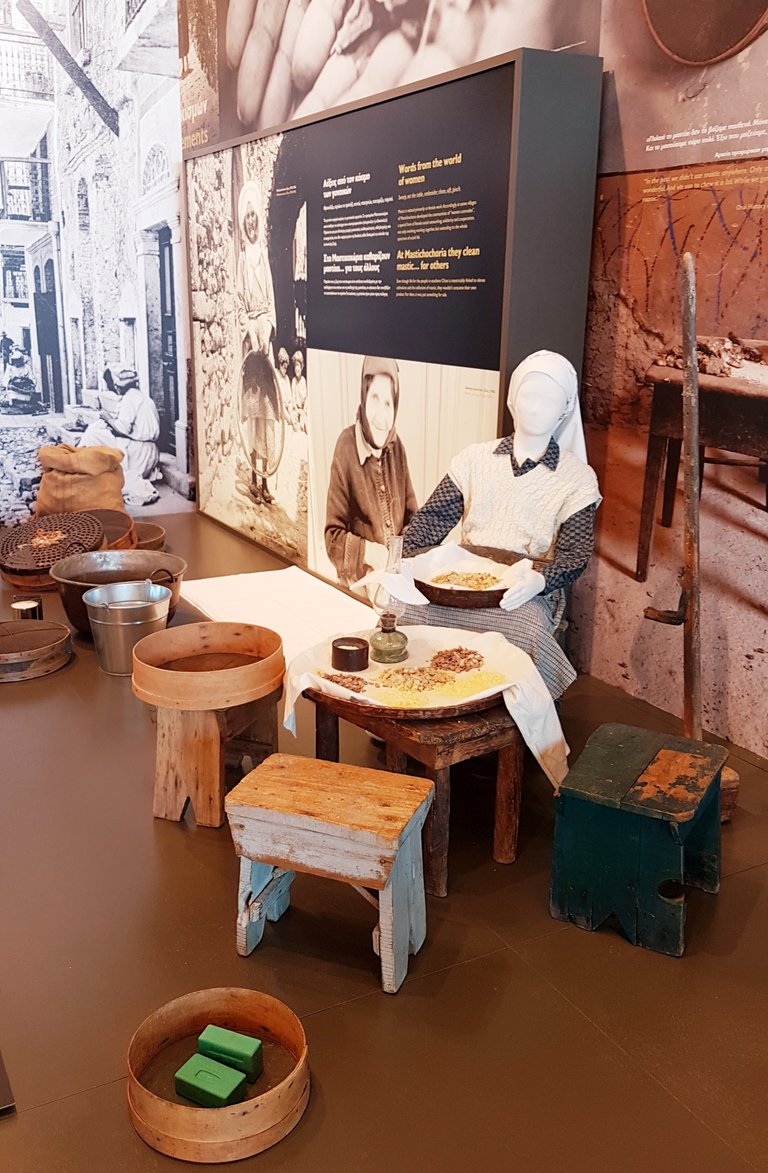
So, this is a work that includes the entire family. And the income is of significant importance. Each tree produces around 200gr of mastic each year. The 1kg is sold (if it is of good quality) up until 80 euros. But it is a very light product and very difficult to harvest. Every farmer’s production is given to the Mastic-producers Union, which sells the harvest of all villages. My cousin’s production for last year was at the range of 700kgr.
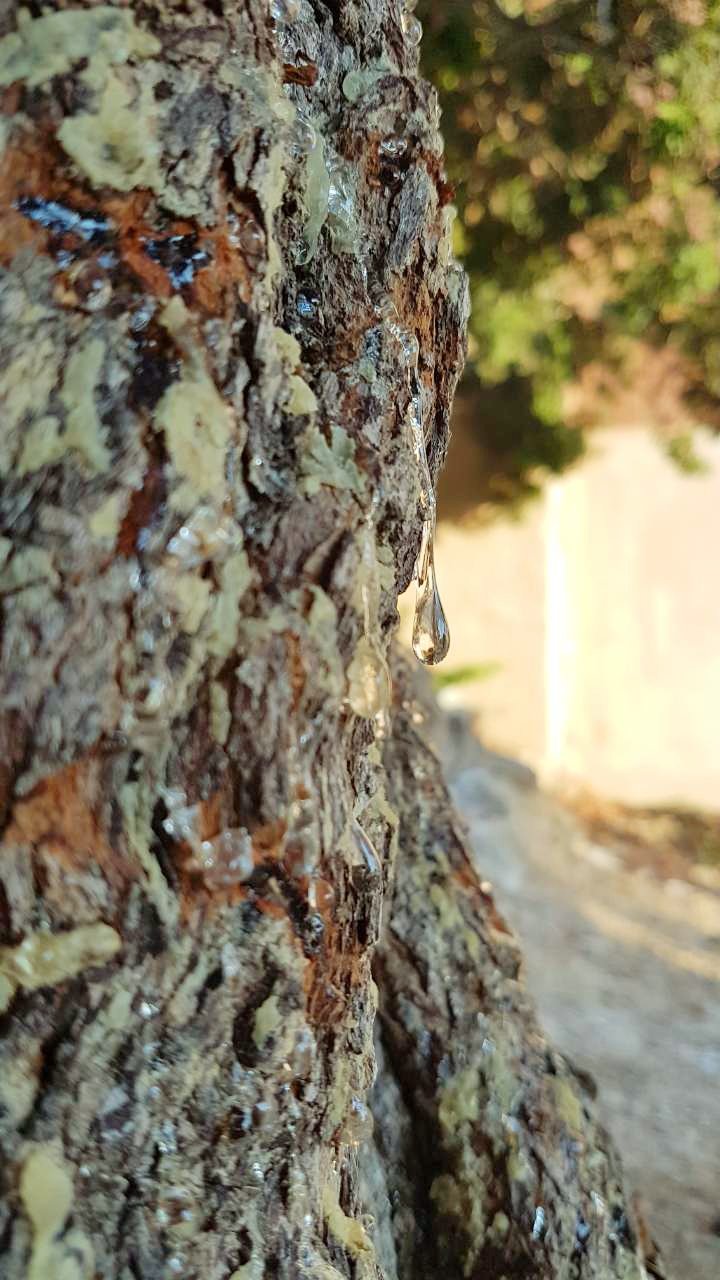
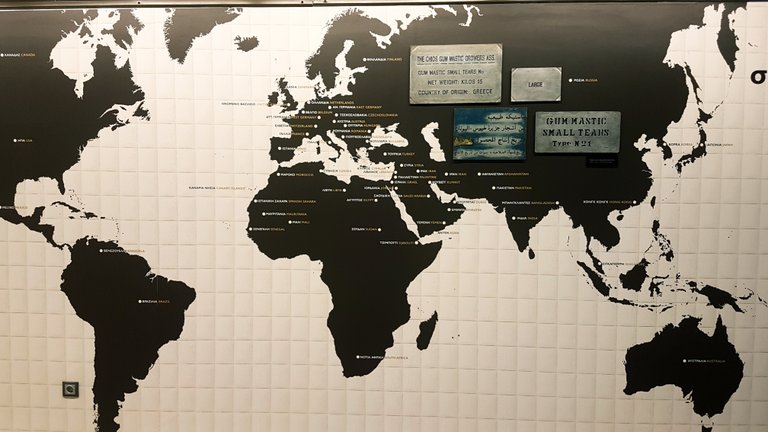
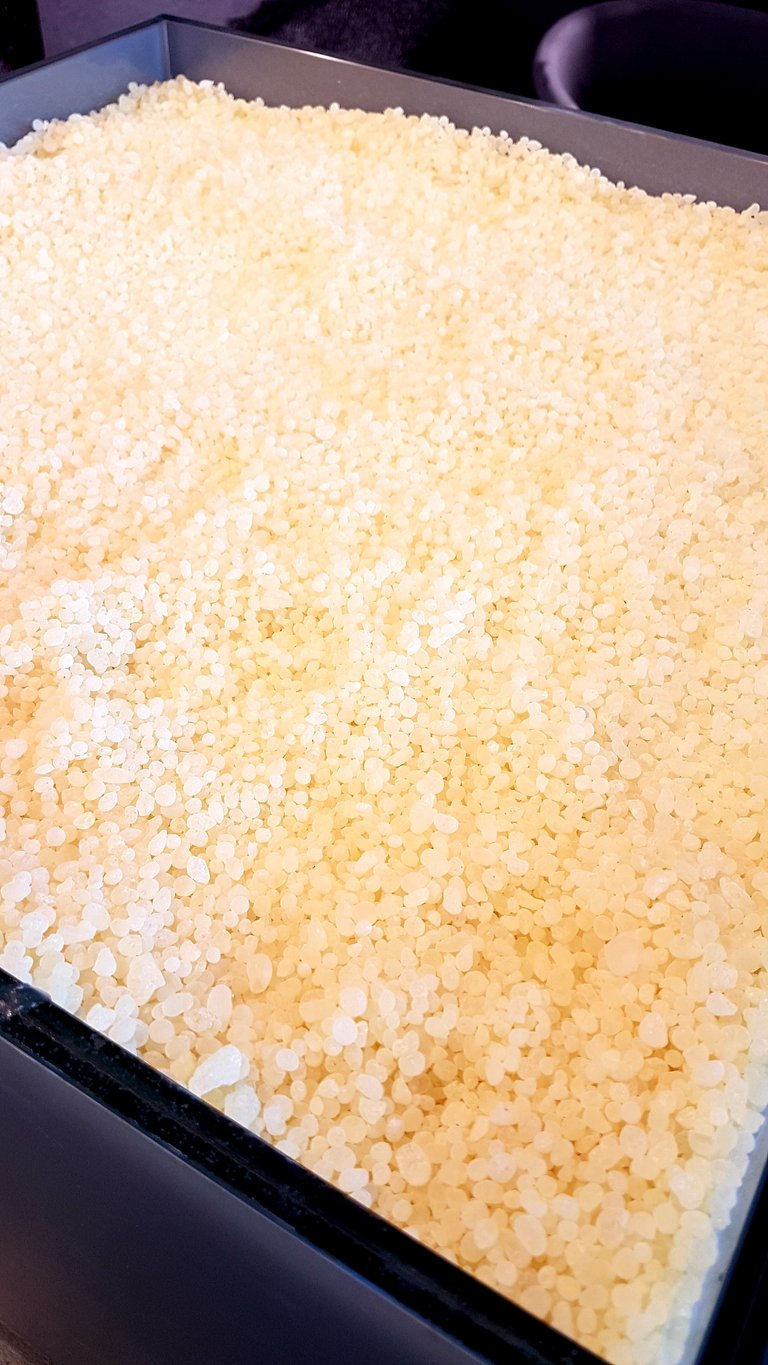
As you understand, this product is of significant importance for the villagers. Many countries have tried to produce it but with very poor results. It was this product that made Chios island important since the 3rd century AD; for the history it started being cultivated after St Isidoros become a martyr here, as he was trying to escape the Romans. It is a combination of soil and climate. Its enemies are rain and of course fires. In the latest years, two big fires burned a lot of trees. That means that the new tree will need 15 years to be fully productive again.
If you ever come to Chios it is worth visiting the Mastic museum, created in the latest years. It describes with detail the history and the making of mastic.
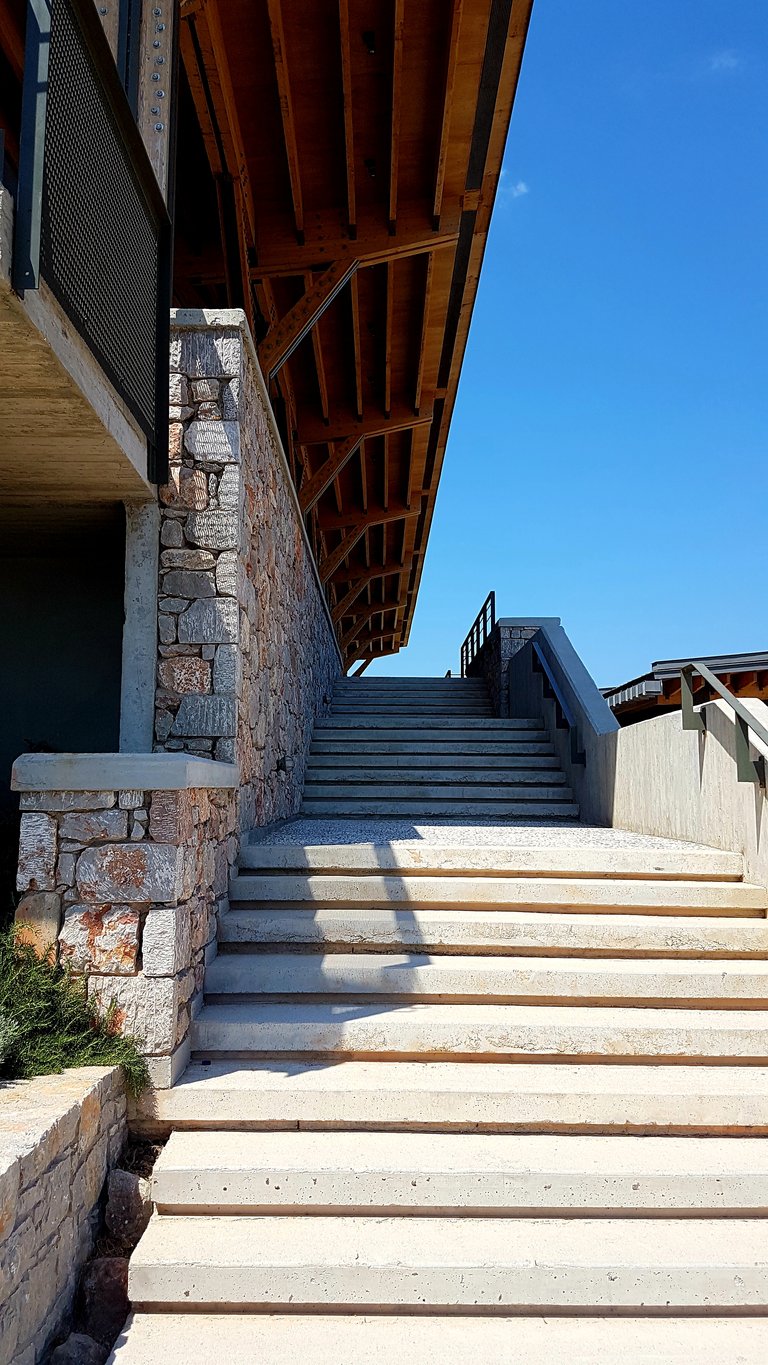
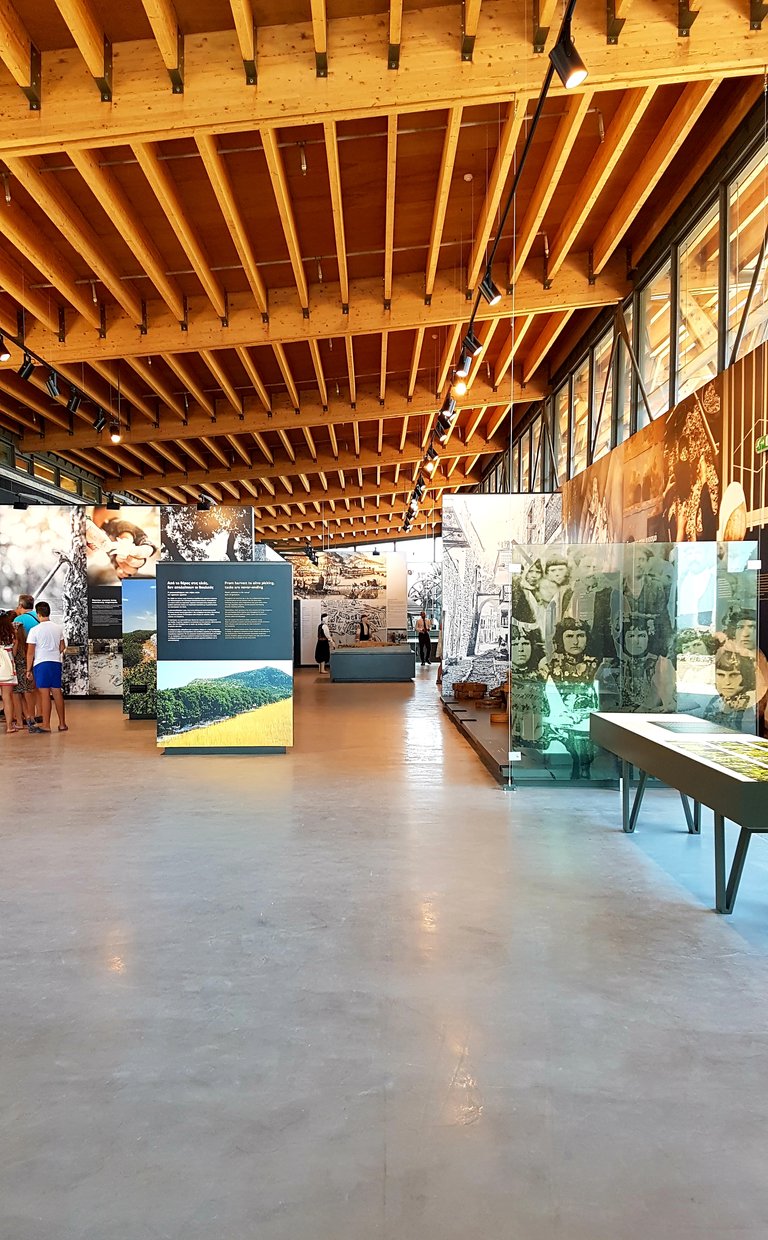
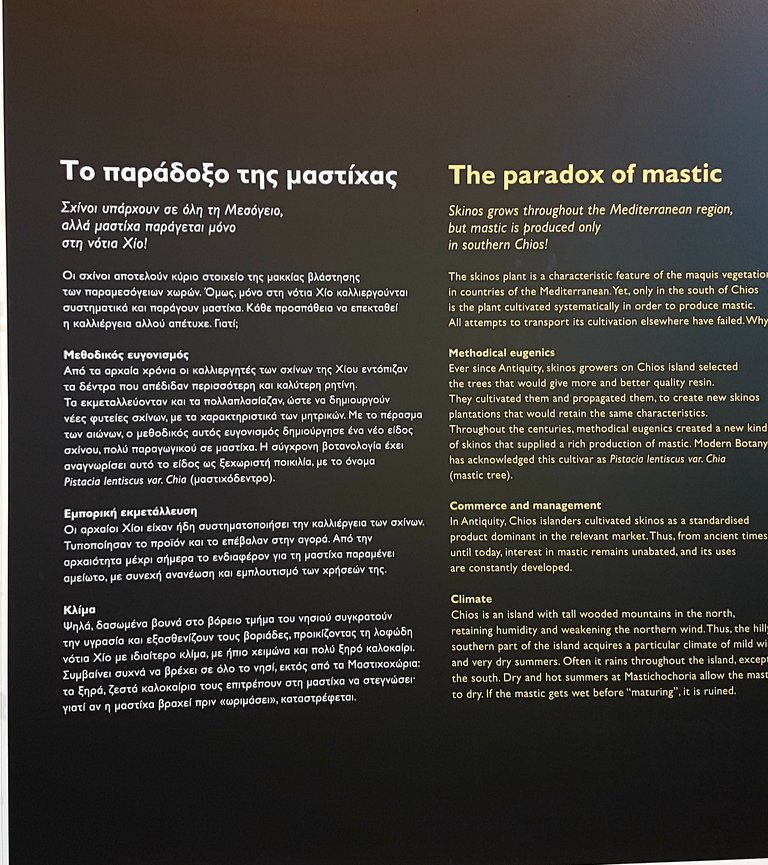
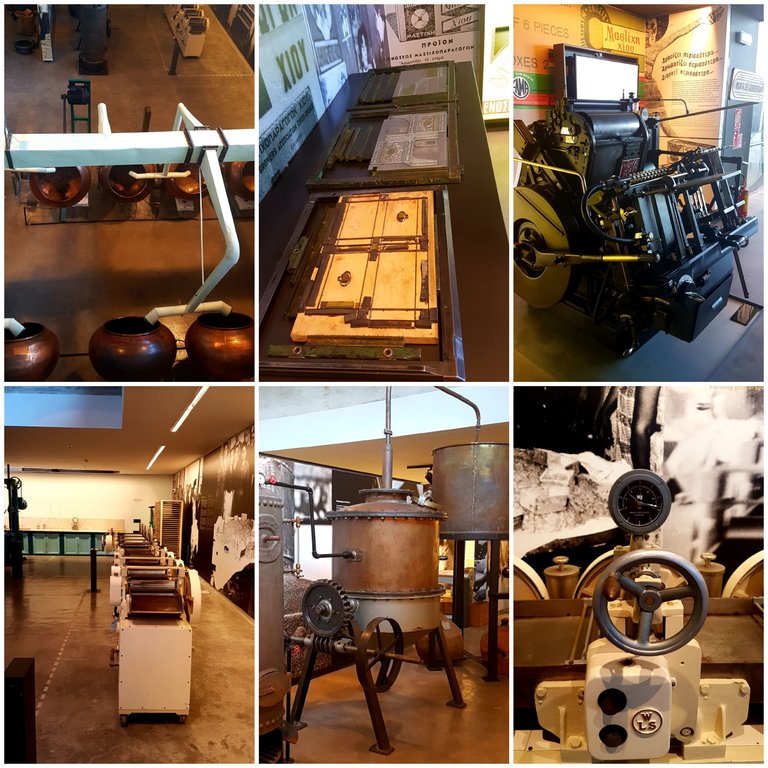
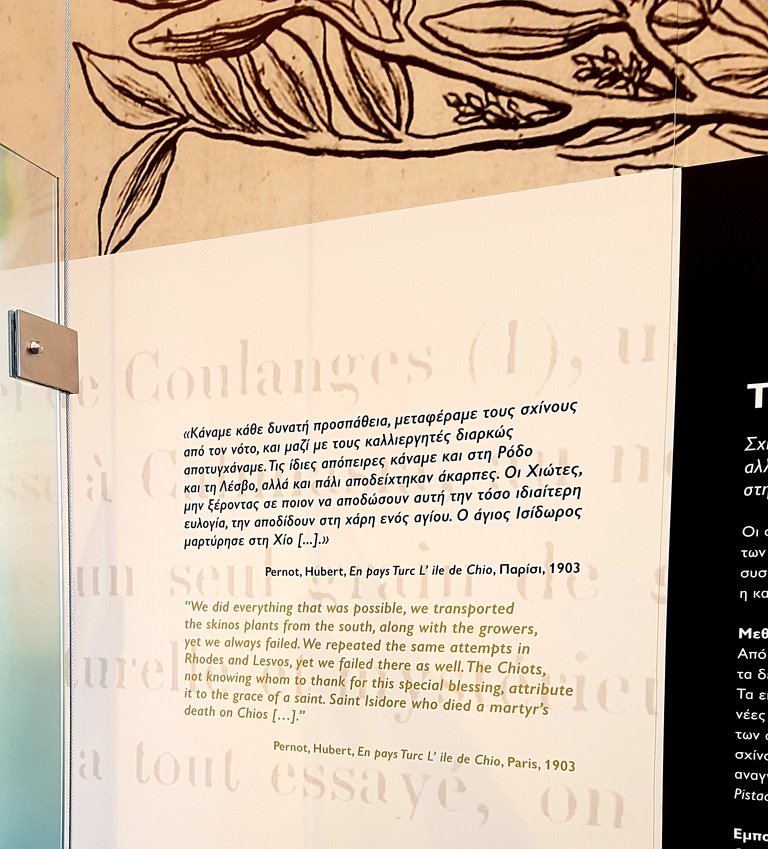
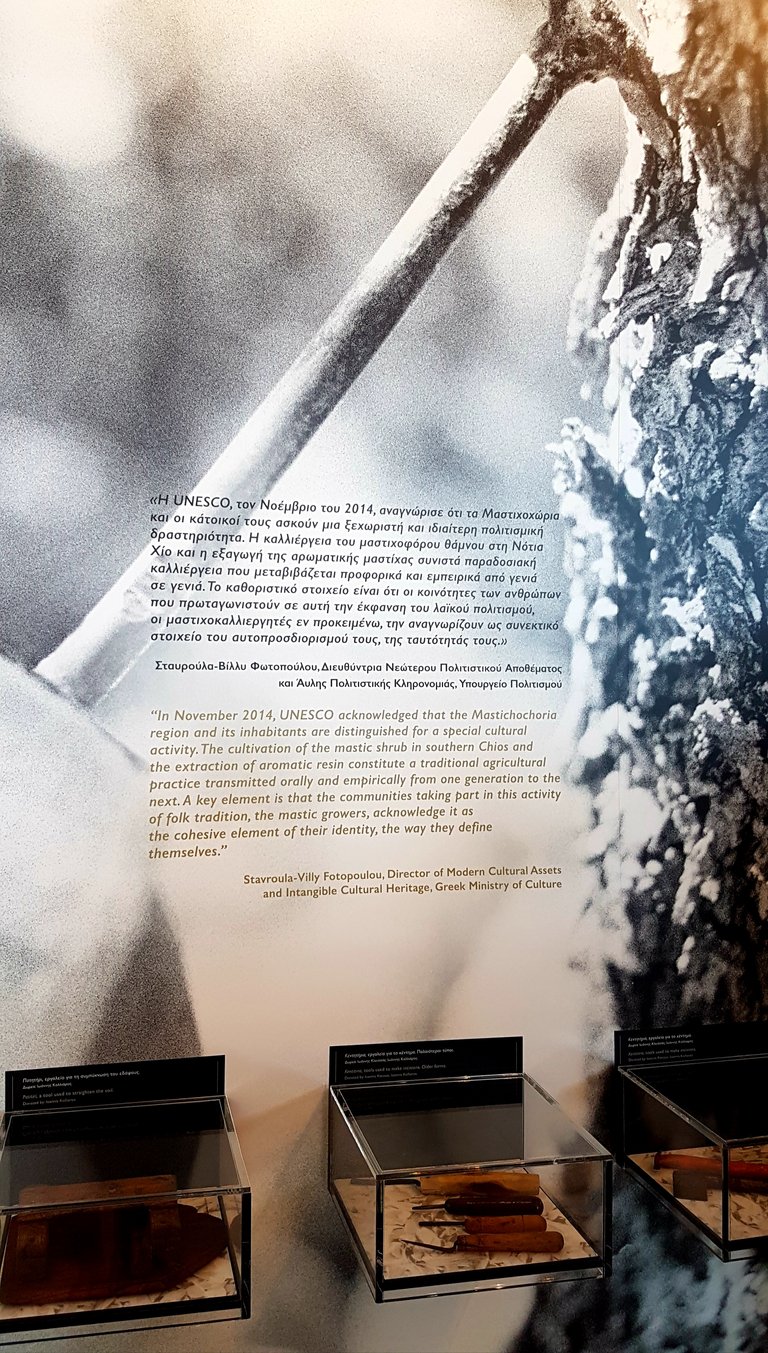
Until next time, enjoy!
I love it.gif)
Nice!!!!🤩🤩🤩🤩🤩
"...after St Isidoros become a martyr here, as he was trying to escape the Romans."
I'm planning on escaping the "Romans" myself :-)
Now I know from St Isidoros' experience that Chios isn't safe.
Hehe!!! If you fall in love with chios, no it s not safe!
Finally you went.... ☺!!!!
Hope you have (had) a great time on our island!
It was a dream coming true! Easily..after 4 yrs...